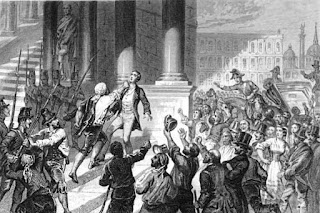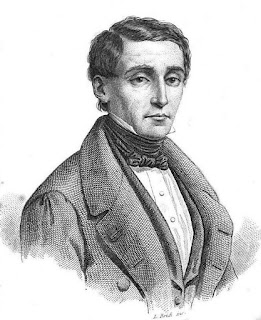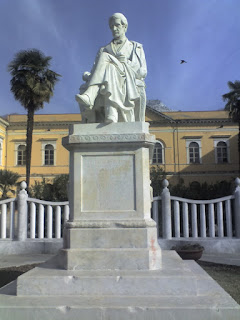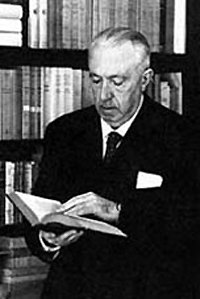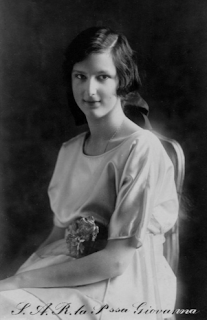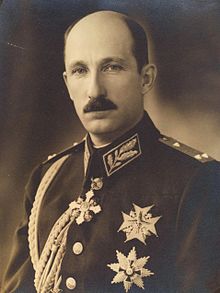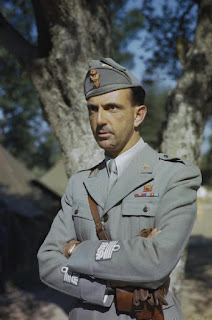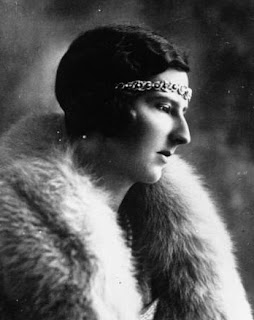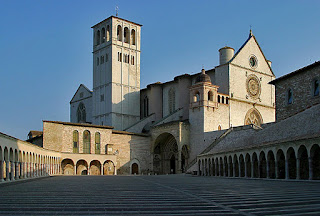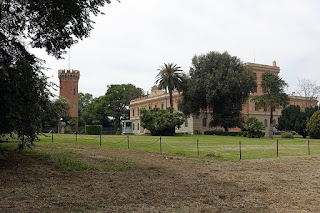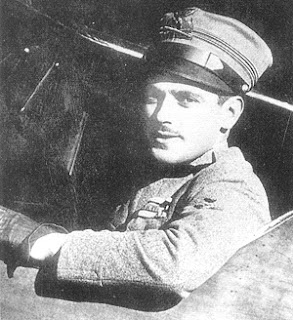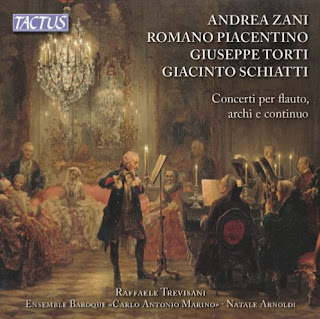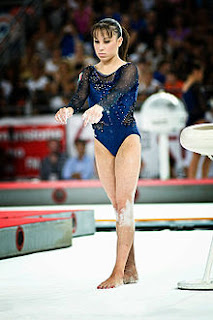Multiple champion remembered for famous fall
 |
| Maurizio Margaglio began skating when he was 10 |
Margaglio and Fusar-Poli were national champions of Italy nine times and in 2001 they became the first Italian pair to become World champions, winning in Vancouver ahead of the defending champions Marina Anissina and Gwendal Peizerat of France. They were European champions the same year, during a remarkable season in which they won every event they entered.
Yet they never won an Olympic title in three attempts, and as well as their successes they are remembered as much for the calamity that befell them at their home Olympics in Turin in 2006.
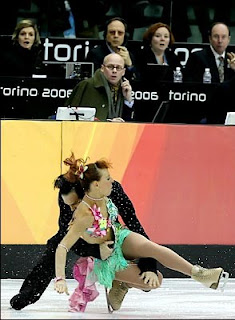 |
| The moment that Margoglio and Fusar-Poli crashed to the ice in Turin |
Yet just seconds away from potentially consolidating their lead in the original dance section, disaster struck. Performing a rotational lift, Margaglio lost his balance, dropped Fusar-Poli, and fell to the ice himself.
After a bronze medal in the 2002 Olympics in Salt Lake City, when another fall possibly cost them gold, it was history repeating itself in a cruel way.
What followed became one of the talking points of the Games and the images appeared in newspapers around the world. The couple scrambled to their feet, but instead of bowing to the judges and acknowledging the crowd, as is customary, the two stood facing each other, almost motionless, for a full 30 seconds, Fusar-Poli fixing Margaglio with stare so intense that one commentator was moved to suggest that “if she had had a pistol, she would have shot him immediately”.
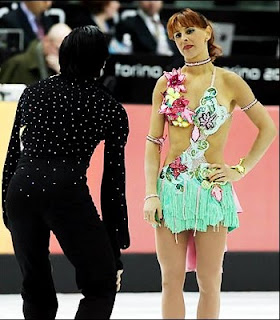 |
| Barbara Fusar-Poli was so dismayed at their fall she fixed Margaglio with a long, unflickering stare |
Fusar-Poli later said that she was not angry with her partner so much as deeply disappointed that an accident has denied them an opportunity for the second Olympics in a row, especially in their home country.
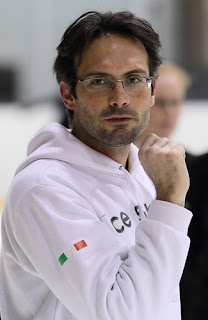 |
| Margaglio now works as a coach, largely in Finland |
He was soon winning ice dancing competitions and in 1990 he began working with Paola Mezzadri, who was also Fusar-Poli’s coach. She paired the two up for the first time in 1994.
Margaglio has a home in Courmayeur, in the Aosta Valley, but since 2011 has spent a good deal of his time in Finland, where he has been head of that country’s ice dancing development programme. He is married to German figure skater Jyrina Lorenz, with whom he had three sons, Gabriel, Sebastian and Julian.
 |
| The Mediolanum Forum is just 12km from Milan |
Milan’s major ice skating facility is the Mediolanum Forum located in Assago, about 12km (7.5 miles) southwest of the city. The 12,700-seat sports arena, which is primarily a venue for ice hockey, basketball, tennis and live concerts, also offers accomplished skaters the opportunity to practice on the rink, as well as lessons for beginners and others who want to improve their skills. Assago is also home to the Italian headquarters of the multinational food and drinks company Nestlé.
 |
| The alpine landscapes around Courmayeur offer extraordinarily spectacular views |
Courmayeur is one of the most beautiful of Italian alpine towns. Situated at the foot of the southern side of Mont Blanc (Monte Bianco in Italian), at an elevation of 1,224 m (4,016 ft) above sea level, it is charming town of cobbled streets in which high-end boutiques rub shoulders with ancient churches, historic bars and contemporary ski lodges, with a backdrop of majestic, unadulterated mountain landscapes. The area is popular with hikers during the summer and, of course, skiers during the winter, attracted to slopes with some of the best views in Italy and by the town's reputation as a magnet for the rich and famous.
More reading:
Alberto Tomba - Italy's greatest skier
Deborah Compagnoni's three Olympic titles
How a fighter pilot won Italy's first Olympic bobsleigh gold
Also on this day:
1625: The death of Renaissance painter Sofonisba Anguissola
1892: The birth of racing driver Tazio Nuvolari
1975: The beatification of doctor and scientist Giuseppe Moscati
Home
